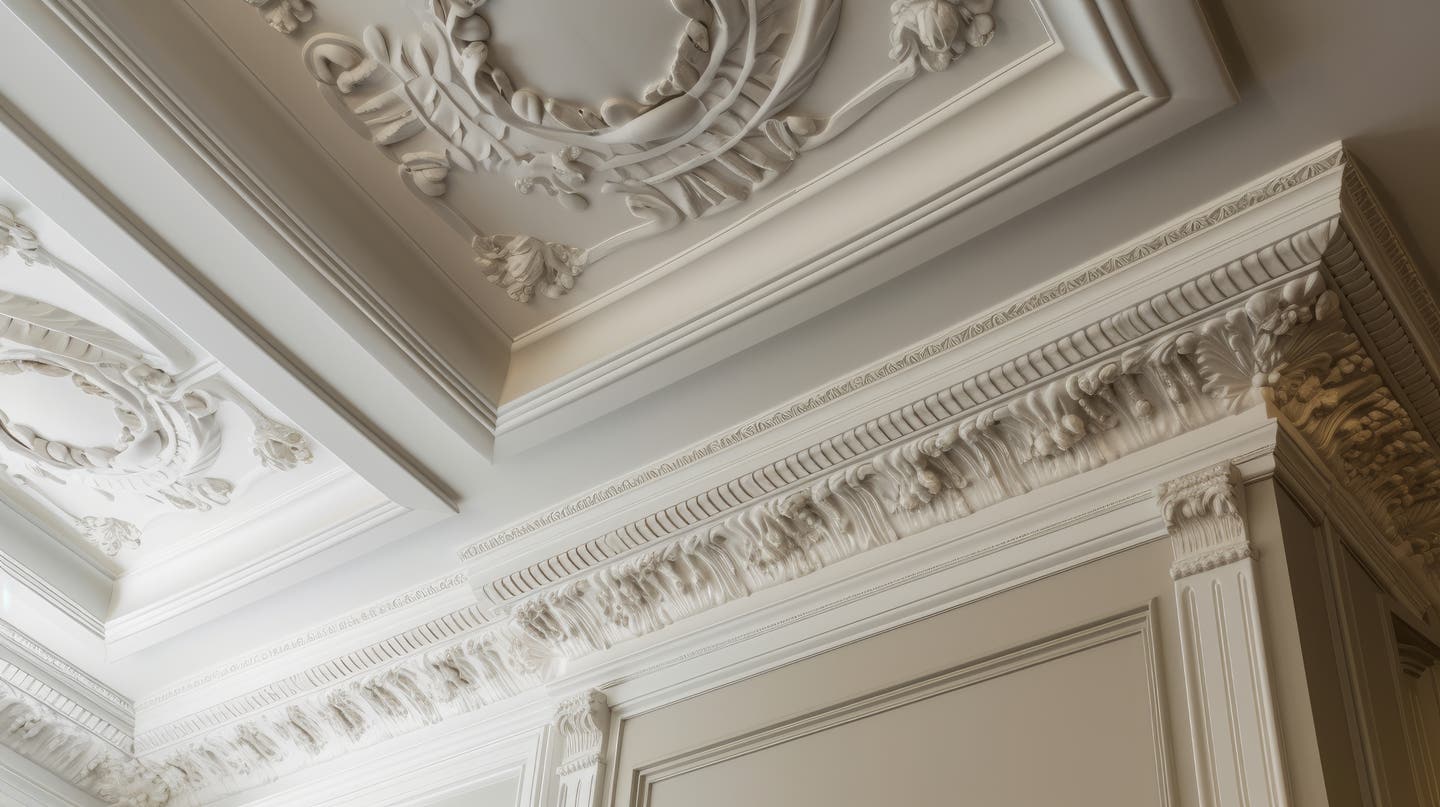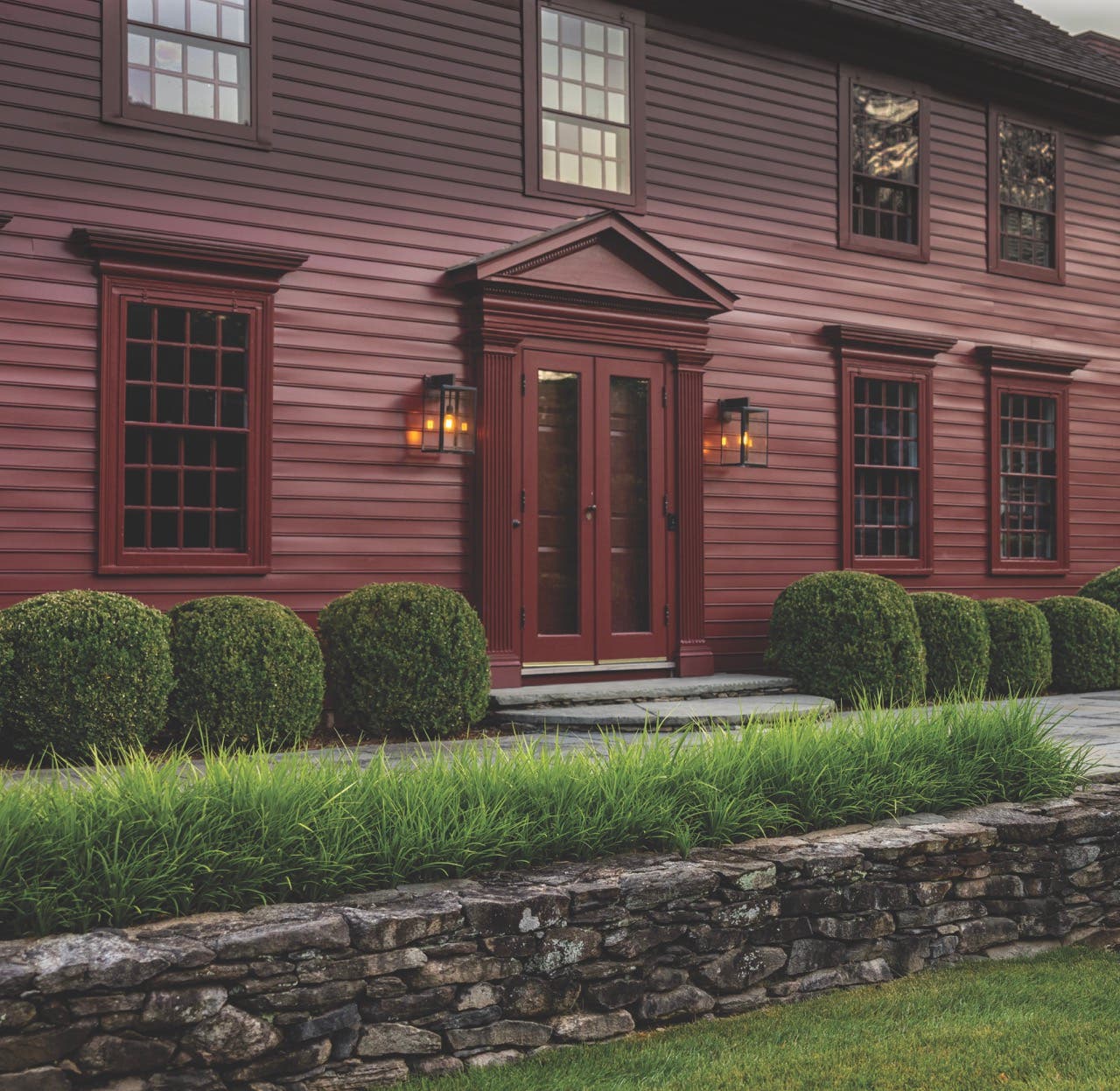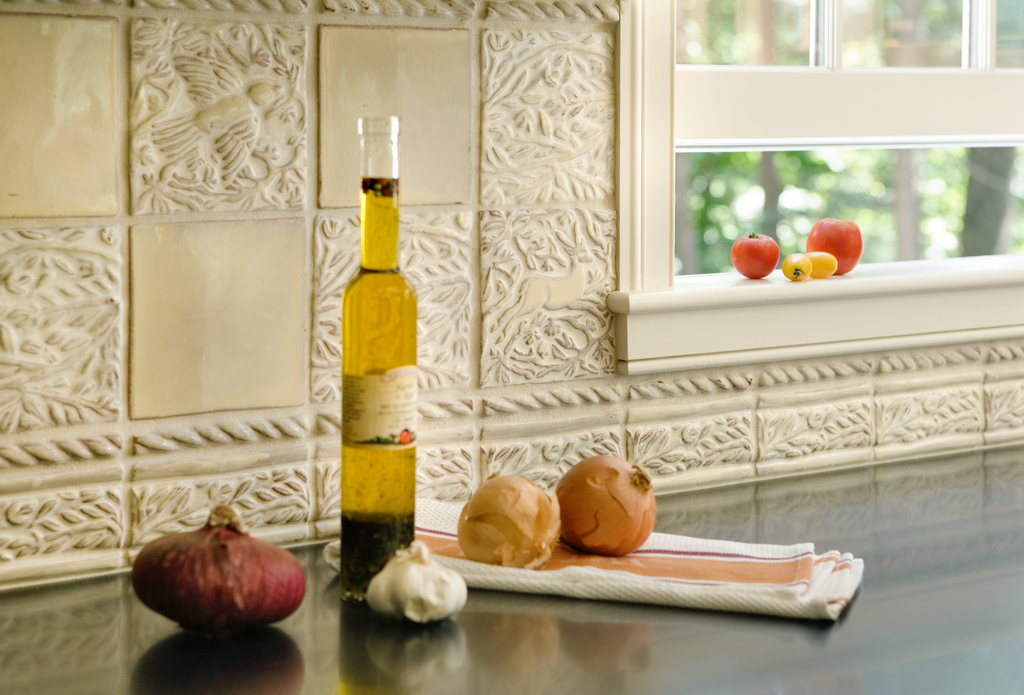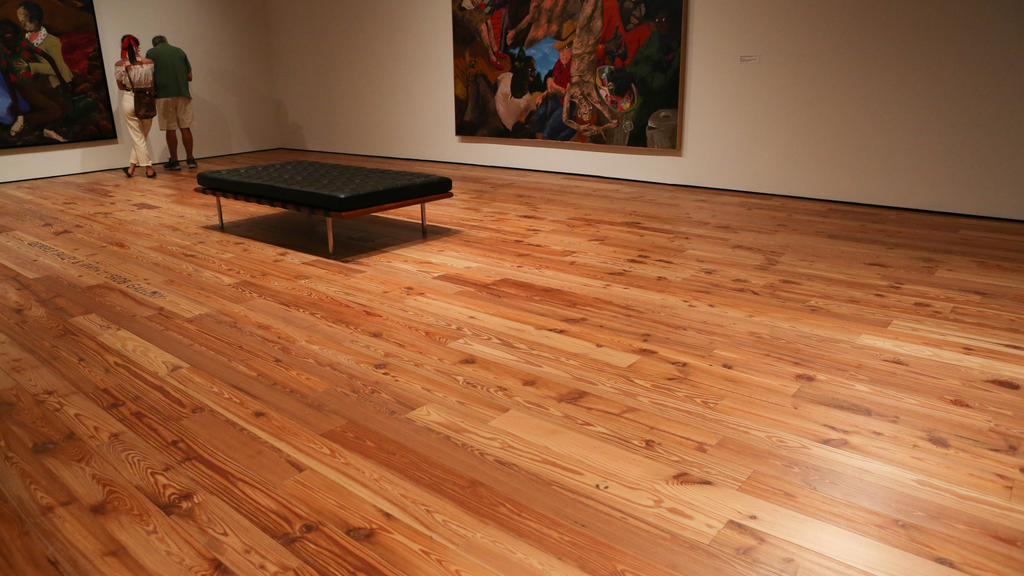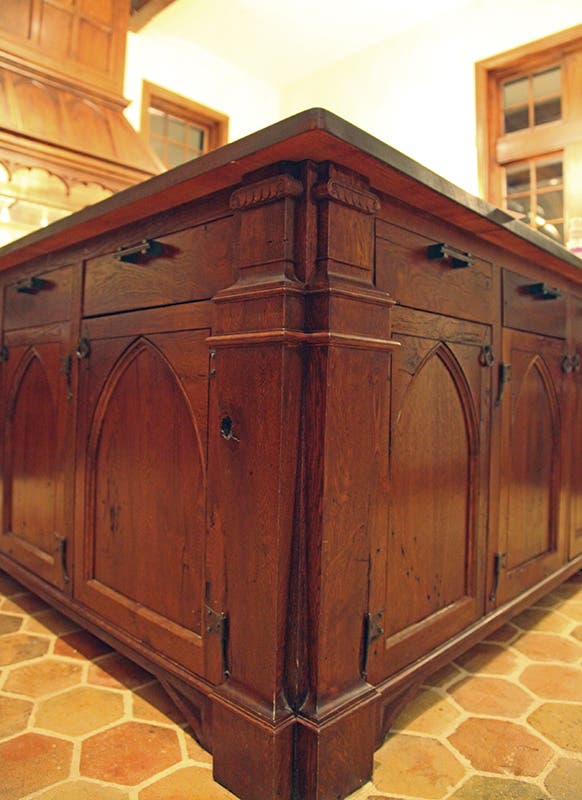
Woodwork & Reports
Woodwork: Creating A Tudor Interior
When it comes to making interior woodwork, one the high points of the craft is the rich, intricate, oak matrix of Tudor wall paneling. The fruit of sophisticated frame-and-panel joinery techniques developed in 17th-century England, Tudor paneling was all but overlooked in America until the 1890s and 1910s, when it was rediscovered as the ideal, non-Georgian wall treatment for houses in the Arts & Crafts and English revival styles. By then the complex grids and joints could be readily re-created with modern millwork machinery, and that’s just what Hull Millwork of Fort Worth, TX, found when the company was asked to emulate a landmark Tudor Revival interior in a new period house.
The project, which began in 2007 as the completion of an English Revival house in South Carolina, quickly became a trip back in time. “We got a call from an architect who said he had a client who wanted to add some very ornate interior woodwork designed after Stan Hywet in Akron, Ohio,” says Hull Millwork president Brent Hull.
Not a person but a house, Stan Hywet is one of the largest and most elaborate examples of Tudor Revival architecture in America. The 65-room mansion was built in 1913 by Frank A. Seiberling, the founder of Goodyear Tire and Rubber, and is based upon several 15th- and 16th-century English manor houses. Though designed with modern amenities, such as central heating (which is carefully hidden), the mansion is a showcase of medieval-style ornate plaster ceilings and wooden wall paneling and carvings. The woodwork had been done by Huber & Co. of New York City and Rochester, a prominent interior design and fabrication firm of the day.
“The client took Stan Hywet as the inspiration for his house,” says Hull, “so we flew up to Akron and spent a day looking at the interiors and doing research.” As luck would have it, another bit of history fell in their laps when similar interior paneling came on the salvage market. Once part of Woodbine, a 1911 lakeside mansion in Wisconsin built for a son of the Pabst Brewing dynasty, the paneling was not only of the same era and general design as Stan Hywet, it turned out to be made by the same Huber & Co. “We ended up buying three rooms of woodwork,” says Hull, “which was a good deal considering it would have cost three times the price if we had had to reproduce it.”
Recreating the Paneling
In the course of doing the lion’s share of the woodwork in the 6,000-sq.ft. house – from doors and wall treatments to kitchens and ceiling beams – Hull Millwork also lent a hand as de facto design consultants. “The combination of the Stan Hywet paneling and the Woodbine paneling, which we reconfigured and installed in the basement, is what drove a lot of the design,” says Hull. “In essence, we tried to create a kind of millwork hierarchy within the areas of the house.” As a result, the basement has a more rustic appearance, with repurposed board-and-batten doors and simple moldings. On the main floor, the paneling is more refined, with the most formal features in the main living room, study and library. Then, on the second floor, where the lady of the house wanted the master bedroom in a French style, Hull Millwork switched to Classical-style treatments with large panels and bold moldings.
In effect, the house became a virtual encyclopedia of historical wall paneling types. “Tudor paneled walls, which have medieval origins, are frames of stiles and rails holding many small panels, 12 in. and 16 in. square,” explains Hull. In contrast, French paneling and Colonial American Georgian paneling, which have Classical, Renaissance origins, feature much bigger panels, and there are fewer of them. Also in Tudor paneling, all the panels are flat (rather than with raised fields) and they are close together – perhaps as many as 80 to a wall. And the nuances don’t stop here. “Even within English Tudor tradition,” says Hull, “size and construction varies over time to the point that you can date the paneling by the way it’s pegged and so on. So in each room we tried to do something a little different, combining the look of, 15th- and 16th-century work with some 17th- and 18th-century work.”
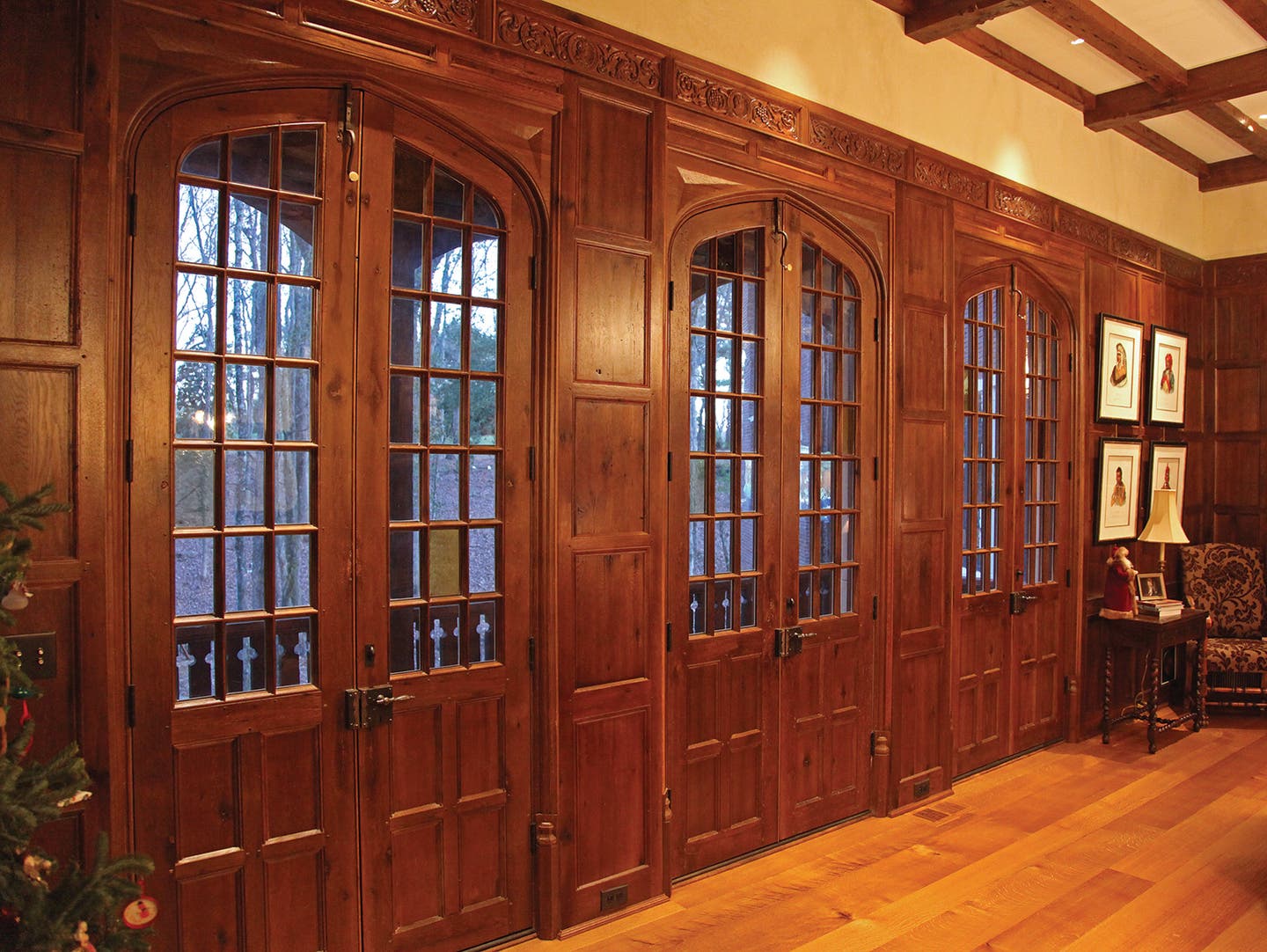
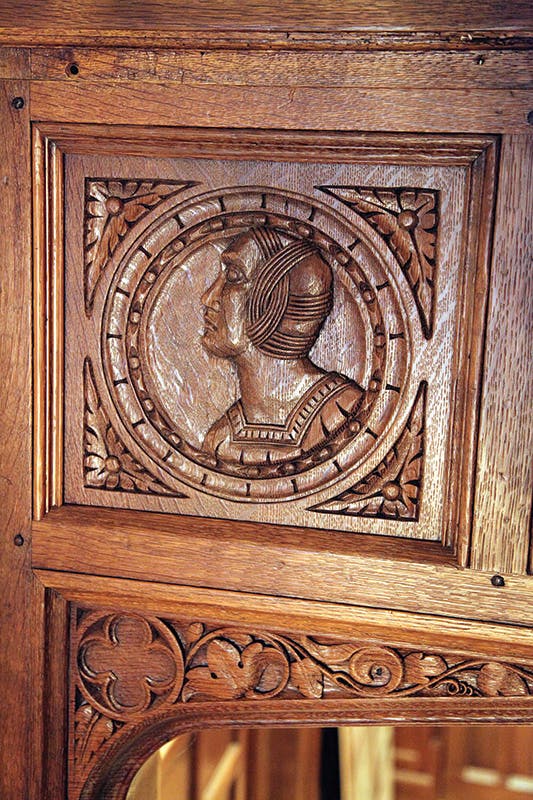
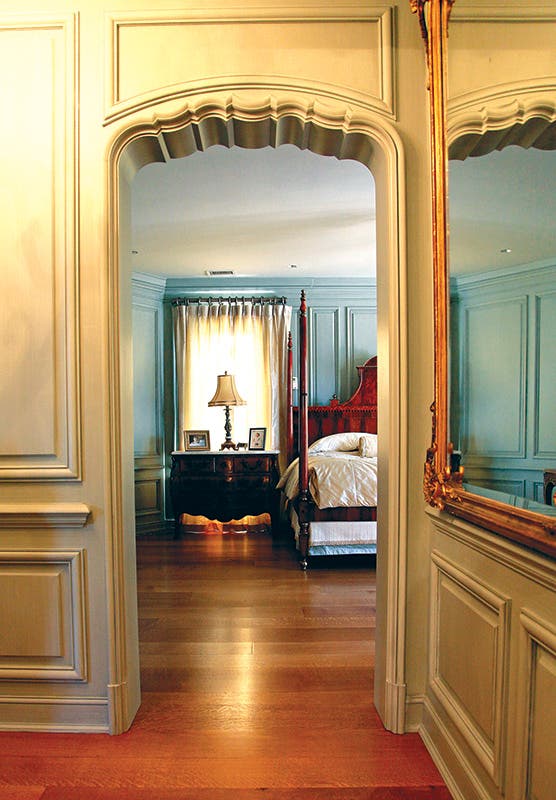

When it came to fabricating and installing the intricate paneling, history again became the guide. “I tell people we try to copy historic methods, but on this project we actually learned a lot from the way the Woodbine paneling was made 100 years ago,” says Hull, noting how the hundreds of thin panels are held in their frames. “If you just nail your panel mold into your panel, it can cause the panel to split as the wood expands and contracts, but Huber & Co. had a slick way of securing the panels so they would float freely – altogether sidestepping the use of nails and possible splitting.”
It should come as no surprise, then, that the folks at Hull Millwork are purists. He notes that, on this job, about half the woodwork is made with true, pegged, mortise-and-tenon joints. Where that construction didn’t make sense – say, due to the limitations of space behind the wall or the nature of the trim – they built the panels with thinner-than-traditional dimensions and used pocket screws to hold the frame together. “Right now, we’re using at least three details we’ve picked up from historic drawings, but that no one else is doing – that is, I have yet to see anybody else doing them,” says Hull.
Traditional Crafts and Reborn Woods
Hull Millwork doesn’t use CNC (computer numerical control) machines or other automated tools, and keeps one full-time carver on staff. “There’s a lot of crude carving out there, but these days it’s a challenge to find people that can really do true traditional carving, such as for the thin, interweaving bands of English strapwork ornament,” says Hull. On this project, carving appears in the door headers, which are decorated with faces, as well as in the strapwork at the tops of paneled walls or in the spandrels above the door openings.
Watch Brent Hull as he takes us on a visual tour through the history of the Georgian era during a visit to a home inspired by Drayton Hall.
Since the Tudor paneling in this job is all white oak – a mix of about 10 percent old and 90 percent new millwork – it’s logical to wonder what stock Hull Millwork chose. “I feel pretty strongly that it’s hard to match the tight grain of old growth oak – it just reads as a much richer, finer material,” says Hull. With antique material, Hull is usually more concerned with avoiding defects like nail holes and mortise joints than selecting for grain, as much of the antique oak they use is salvaged from the beams of demolished buildings. Some is sawn from old-growth trees that come down due to age or being in the path of real estate development, but those are much harder to find. The big four woods they use most are antique oak, Eastern white pine, longleaf pine and cypress, with an occasional call for antique fir.
As uncommon as this project turned out to be, it was nonetheless right up the alley of Hull Millwork. “We’re using all custom-made knives and other millwork tooling for most of our projects, so setting up Tudor paneling was no more unusual,” says Hull. The company built all the panels and did all the fabrication and finishing in their Fort Worth shop, then oversaw the installation in South Carolina. “The client asked if we could fume the oak as a finish,” says Hull, “so our finisher built a chamber and filled it with ammonia to produce that cocoa color and deep feel that made it look old.”
“The client was very interested in authenticity and cared about the details, so when we presented ideas to him, he would want to pursue them,” says Hull. “He really encouraged us to do it right, so from that perspective it was awesome, and I think that the level of craftsmanship was pretty high as well.” And does that include sharing that century-old trick for making floating Tudor panels? “That’s one detail,” says Hull, “that we’re going to keep for ourselves.”
Gordon Bock, co-author of The Vintage House (www.vintagehousebook.com), is an in-demand speaker for courses, seminars, and keynote addresses through www.gordonbock.com.




